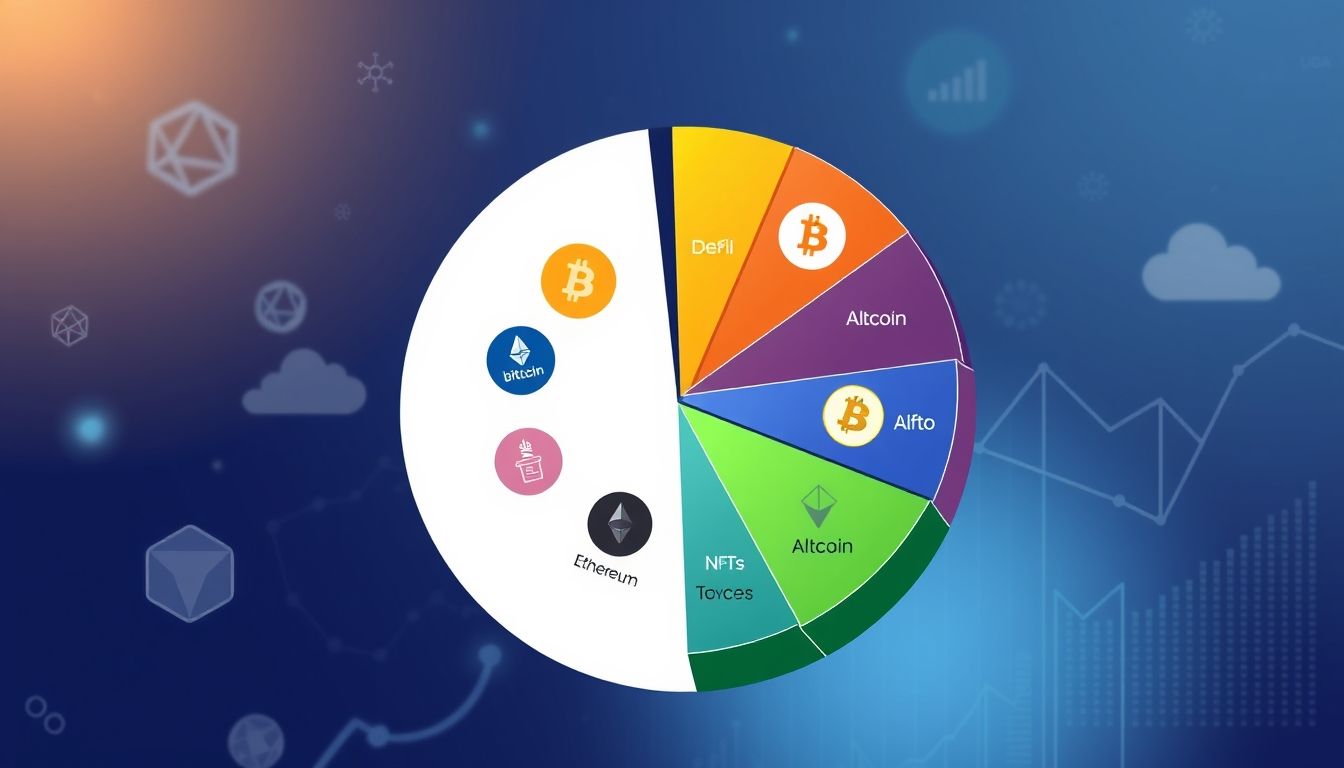Introduction to Cryptocurrency Arbitrage
Arbitrage is a trading strategy that exploits price differences for the same asset across different markets to generate profit. In the world of cryptocurrencies, where hundreds of exchanges exist, arbitrage opportunities arise frequently. This article will explore various arbitrage strategies in cryptocurrency markets, focusing on the opportunities and challenges traders face.
Chapter 1: Basics of Cryptocurrency Arbitrage
Simply put, arbitrage is buying a cryptocurrency from an exchange at a low price and selling it on another exchange at a higher price. This price difference, after deducting fees, represents the profit. The effectiveness of arbitrage depends on the speed of execution and the availability of liquidity.
Types of Arbitrage
- Simple Arbitrage: Buying and selling the same cryptocurrency between two exchanges.
- Triangular Arbitrage: Exploiting price differences between three different currencies on the same exchange.
- Statistical Arbitrage: Using statistical models to identify temporary arbitrage opportunities.
- Cross-Exchange Arbitrage: Buying and selling the cryptocurrency between different exchanges.
Chapter 2: Simple Arbitrage: Basics and Execution
Simple arbitrage is the most straightforward type of arbitrage and involves buying a cryptocurrency from one exchange and immediately selling it on another. For example, if the price of Bitcoin on Coinbase is $60,000 and on Binance it is $60,200, a trader can buy Bitcoin from Coinbase and sell it on Binance to make a profit of $200 per Bitcoin.
Execution Steps
- Identify arbitrage opportunities by monitoring cryptocurrency prices on different exchanges.
- Transfer funds to the exchanges where the buying and selling will take place.
- Execute buy and sell orders quickly to ensure profiting from the price difference.
- Calculate fees and costs associated with the transactions to ensure profitability.
Chapter 3: Triangular Arbitrage: Exploiting Relationships Between Currencies
Triangular arbitrage involves exploiting price differences between three different currencies on the same exchange. For example, if the price of Bitcoin against the US dollar (BTC/USD) is $60,000, the price of Ethereum against Bitcoin (ETH/BTC) is 0.05 Bitcoin, and the price of Ethereum against the US dollar (ETH/USD) is $3,100, a trader can exploit these differences to generate profit.
Practical Example
- Buy Bitcoin with US dollars.
- Buy Ethereum with Bitcoin.
- Sell Ethereum for US dollars.
- If the final price in US dollars is higher than the initial price, the trader has made a profit.
Chapter 4: Statistical Arbitrage: Using Quantitative Models
Statistical arbitrage relies on using quantitative and statistical models to identify temporary arbitrage opportunities. These models involve analyzing historical price data, trading volume, and other indicators to identify statistical relationships between cryptocurrencies.
Analysis Tools
- Time Series Analysis: To analyze trends and patterns in prices.
- Regression Analysis: To identify relationships between different variables.
- Machine Learning: To build predictive models for prices.
Chapter 5: Cross-Exchange Arbitrage: Opportunities and Challenges
Cross-exchange arbitrage involves buying and selling cryptocurrencies between different exchanges. This strategy offers significant opportunities for profit, but it comes with significant challenges such as execution speed and transfer fees.
Main Challenges
- Execution Speed: Trades must be executed quickly to capitalize on price differences before they disappear.
- Transfer Fees: Fees can reduce potential profits.
- Liquidity: Ensure sufficient liquidity on the exchanges to execute trades.
- Regulatory Compliance: Adhere to local and international laws and regulations.
Chapter 6: Risks Associated with Cryptocurrency Arbitrage
Arbitrage in cryptocurrencies is not without risks. Traders must understand the potential risks before starting to trade.
Types of Risks
- Market Risk: Price volatility can lead to significant losses.
- Execution Risk: Inability to execute trades at the desired prices.
- Liquidity Risk: Lack of sufficient liquidity to execute trades.
- Regulatory Risk: Changes in laws and regulations can affect trading.
- Security Risk: Risk of hacking and theft of funds.
Chapter 7: Tools and Technologies Used in Arbitrage
To succeed in arbitrage, traders need to use the right tools and technologies.
Essential Tools
- APIs (Application Programming Interfaces): To access price data and execute trades automatically.
- Trading Bots: To execute trades quickly and efficiently.
- Data Analysis Tools: To analyze historical data and identify arbitrage opportunities.
- Risk Management Tools: To minimize potential risks.
Chapter 8: Practical Examples from the Arab and Global Markets
There are many examples of successful arbitrage strategies in the Arab and global markets. For example, in 2017, Bitcoin prices in South Korea experienced a significant increase compared to prices in other global markets, leading to profitable arbitrage opportunities.
Examples from the Arab Market
Sometimes, arbitrage opportunities can arise between local exchanges in Arab countries, especially in less traded cryptocurrencies. Traders should monitor these opportunities and take advantage of them.
Chapter 9: Practical Tips for Achieving Success in Arbitrage
To achieve success in arbitrage, traders should follow some practical tips.
Important Tips
- Research and Analysis: Conduct thorough research and analysis before starting to trade.
- Risk Management: Determine your appropriate risk level and stick to it.
- Diversification: Do not put all your money into one trade.
- Continuous Learning: Continue to learn more about cryptocurrency markets and trading strategies.
- Patience: Arbitrage requires patience and discipline.
Chapter 10: The Future of Arbitrage in Cryptocurrency Markets
As cryptocurrency markets evolve, arbitrage strategies will change. Markets are expected to become more efficient, which will reduce simple arbitrage opportunities. However, new opportunities will emerge in areas such as statistical arbitrage and artificial intelligence.
Future Expectations
- Increased Efficiency: Markets will become more efficient, reducing simple arbitrage opportunities.
- Artificial Intelligence: Artificial intelligence will be used to identify complex arbitrage opportunities.
- Regulation: Increased regulation will lead to increased transparency and reduced risk.




